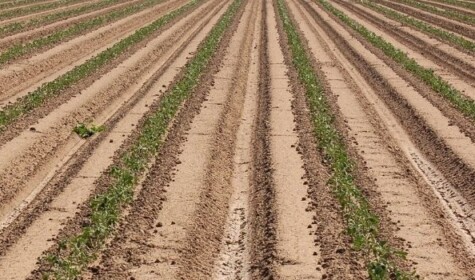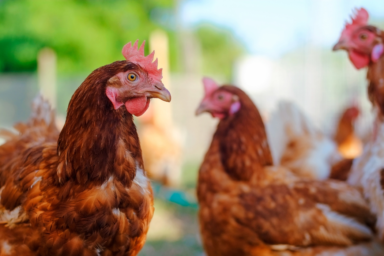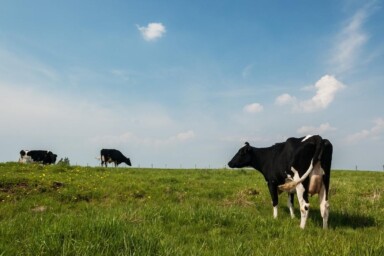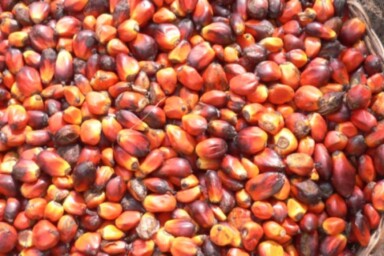There is a growing body of research pointing to the increasing issue of the virtual water trade, which is any water embedded in the production of agricultural products. Cash crops, including those popular in plant-based diets, such as Californian almonds and avocados, which are also grown in other arid countries such as Chile and Peru, are extremely thirsty crops. Both are grown in areas that are at risk of drought, which is likely to worsen in the face of climate chaos.
In the UK, this problem extends to fresh produce that people now see as everyday items, available all year round. This includes a myriad of products that line our supermarket shelves – strawberries, raspberries, asparagus, tomatoes and citrus fruit are all good examples. According to Professor Tim Hess who works in the Water Science Institute at Cranfield University, we almost exclusively import our fruit and vegetables from countries that are already water stressed. These countries include Spain, Egypt, Morocco, South Africa, Israel and Peru, with citrus fruit top the list for the most water intensive produce to grow. “If we think of water that is taken out of a river to irrigate citrus in South Africa,” explains Tim, “it’s not in the river to support its ecology, it’s not in the river to provide water supply for smallholder farmers and it’s not in the river for other industries to make use of it.” If the water has been poorly managed, when there is drought a problem arises, creating potential conflict between water uses. “We are offshoring our footprint and, as one of my colleagues expressed it, ‘We’re importing food and exporting drought’,” says Tim.
This is particularly pertinent in Spain. Our hunger for strawberries, outside the months in the UK when they are available, has put Unesco World Heritage Site Doñana Park, one of Europe’s most important wetlands, in perilous danger. Illegal water extraction and a lack of government management has led to wells appearing across the area, which is depleting the aquifer. The region only receives 20% of its natural water input which has had devastating consequences to the ecosystems that this water supply supports.
In Morocco, half of all its citrus exports come from the Souss valley, which has all but depleted its aquifer and is outstripping water much faster than it can be renewed. Local, small farmers, unable to afford expensive drip irrigation systems or deep tube wells, have been forced to abandon their land and seek work in cities, putting further pressure on these urban areas. Meanwhile larger agribusinesses have expanded with highly profitable irrigated agriculture that only benefits those who can afford the higher price. Not only has this directly impacted the livelihoods of the local communities, thereby reducing their food sovereignty, but it has also had a catastrophic impact on the landscape where abandoned land has been left to desertification.
As the world becomes more vulnerable to climate chaos, the future of these areas looks even more precarious. “The one thing that is clear,” says Tim “is that not only are the places we are importing fruit and veg from dry places, but when we look at the climate change projections they are projected to get even drier. So, there is already a problem and the problem is likely to get worse.”
If we continue to rely so heavily on imported fruit and vegetables, where does this leave the UK when it comes to food security? “Our UK supply chain builds resilience by having a diverse sourcing policy,” explains Tim. “My personal view is that I don’t think we’re going to run out of oranges, but we might be increasing the impact we have on those countries that produce oranges.” What’s more, prices might become more volatile, leaving those with less financial capacity unable to afford the healthy diet we all need. This leaves us in a situation where we could be exacerbating inequality abroad, as well as on our own shores.
When it comes to water, it is clear that our taste for out of season fruit and veg is untenable. So, what does a sustainable diet in the UK look like? A good place to start would be eating more traditional fruit and veg that is grown easily in the UK, and that doesn’t require too much irrigated water. “Stop eating avocados and eat more turnips” says Tim Hess, “that’s my campaign slogan.”
“You can find lots of literature that says a vegetarian or vegan diet has a much smaller water footprint than a typical omnivore diet. But they tend to miss out some very important facts,” Tim explains. “Most of our domestic livestock production is rain-fed and most of that water is rainfall that is growing grass. It will be growing grass whether the sheep eat it or not”. He argues that if we reduce our red meat intake, whilst eating more of the same mix of fruit and vegetables we eat now, “we would increase the water footprint in those countries that we’re importing from.”
The logical follow on from this argument is that to be sustainable we should be aligning our fruit and vegetable consumption to the productive capacity of the area in which we live. For a healthy planet and a healthy population we need to be increasing fruit and vegetable consumption across the country and producing more of it on British soil. As Rebecca Laughton, who works at the Landworkers Alliance, states “Importing fresh produce from countries with water shortages makes no sense when we live in a country with abundant water at certain times.” The question is, why aren’t we growing more?
In our next issue of the Digest, Victoria Balfour will examine British horticulture production and how that’s being impacted by Brexit and potential future trade deals.
Photograph: USDA







